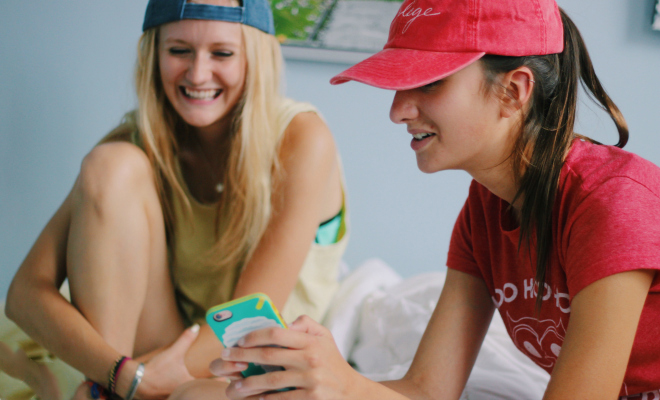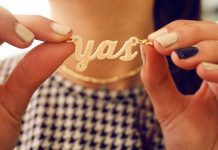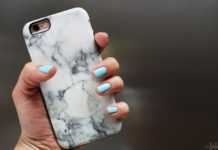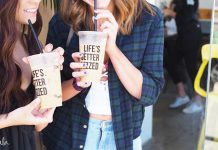Those of us who have spent way too much time on the Internet in the past five years are no strangers to the all-consuming social media mammoth that is Instagram. Back in the day, it was an app we downloaded solely for its wide selection of filters. But it’s changed a lot since the early days of Kelvin.
A famously bad filter.
Insta has since become: a networking tool, a catalyst for FOMO, an accomplice in procrastination, the list goes on. The feed has evolved, and as a rare poster and frequent scroller, I’d like to revisit the Instagram attitudes of yore. Let’s reflect:
2012
2012 was a great time to be young and alive and new to Instagram (in my case). “Lamborghini Mercy,” rhinestone-encrusted phone cases, the dawn of froyo pics. These were the good old days, when 20 likes on your post meant it had hit the big time, and the resulting dopamine rush, however superficial, was still new and exciting. Instagram stratagem was as simple as slapping a Nashville filter on that picture you took of your friend and letting your sparse following know that said friend was #instagramless. (They’ve since gotten an account and have more followers than you.) Simpler times.
This earnest and low-def Starbucks pic by none other than Kylie Jenner is as 2012 as it gets.
2013
In 2013, editing apps gained a significant fan base, and the resulting artsiness infiltrated our feeds. I personally was big on Afterlight. Its array of filters and frames – sweet mercy, the frames – were unlike anything I’d experienced, even as a veteran photo editor with work spanning all the way back to Picnik in 2009. (Did anyone else try to make their eyes purple?) I’ve since graduated to VSCO, but, I digress. In 2013, your post was only as good as your edit, and your edit was only good if it included a painstaking, thumb-aching process and looked like this one:
Bella Hadid at the start of her career and the forefront of the editing game.
2014
Truth be told, I don’t remember much about 2014. To frame the pop cultural context, let’s just think back to whatever monumental thing Beyoncé was doing at the time. But in the vein of Instagram, which probably speaks for most of the year, our posts started to matter more. Likes started to matter more. People started to think about followers-to-following ratios and appropriate times of day to post. Thoughtless selfies just weren’t going to cut it in 2014 (…though they would again have their day).
2015
The concept of personal branding takes hold. And doesn’t let go. “This doesn’t match my feed but…” became the common caption preface for Instagrammers across the board as they each tried to hone their aesthetic. 2015 would also have influencers like Essena Oneill coming clean about their contrived online personas, to be met with public shock as we were all forced to confront our own inauthenticity (or maybe it wasn’t quite that deep).
In a 2015 blog post, Lily-Like.com shared the meticulous strategy behind her matching feed.
2016
2016 will go down in history as a bad year for a litany of reasons. But can I just say that it was also the year that everyone’s selfie game improved ten-fold? Seriously! Say it with me: natural lighting is key! 2016 was a time for people to shed inhibitions and filters, and show both rinsta and finsta followers their authentic selves. Case in point: meme accounts. I’ll never be able comprehend the extent of their power, but they truly have united the masses.
2017 and beyond
In 2017, with an app like Instagram now embedded in the fabric of most of our day-to-day lives, it’s hard to peer beyond all the whirling fidget spinners and predict where we’ll go from here. Perhaps, with everyone and their grandmother now using the app, we’re poised to make a return to the blasé attitudes of past years when everyone had, like, 8 followers. That would be great; after writing this article, I can guess that I’ve spent a lot more time contemplating the nature of Instagram than I have actually using the app.
Post on, people…
I should probably delete my account.










